Related Research Articles
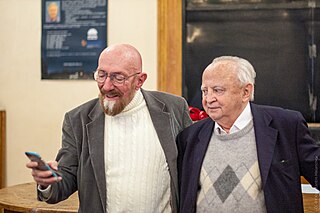
Igor Dmitriyevich Novikov is a Russian theoretical astrophysicist and cosmologist.

Philip Warren Anderson was an American theoretical physicist and Nobel laureate. Anderson made contributions to the theories of localization, antiferromagnetism, symmetry breaking, and high-temperature superconductivity, and to the philosophy of science through his writings on emergent phenomena. Anderson is also responsible for naming the field of physics that is now known as condensed matter physics.
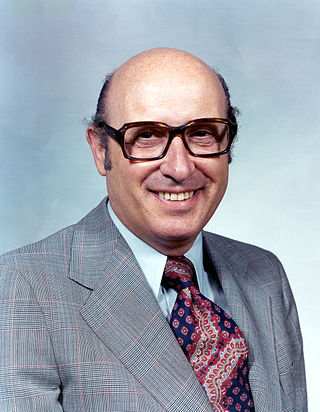
Robert Alan Frosch FREng was an American scientist who was the fifth administrator of NASA. He was the administrator from 1977 to 1981 during the Carter administration.
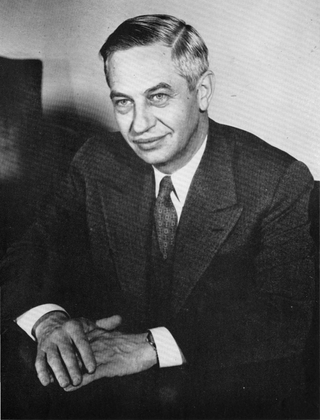
Lee Alvin DuBridge was an American educator and physicist, best known as president of the California Institute of Technology from 1946–1969.

Robert Lamb Sproull was an American educator, physicist and US Department of Defense official.
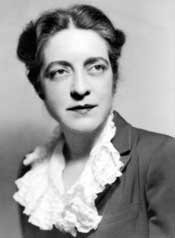
Melba Newell Phillips was an American physicist and a pioneer science educator. One of the first doctoral students of J. Robert Oppenheimer at the University of California, Berkeley, Phillips completed her PhD in 1933, a time when few women could pursue careers in science. In 1935, Oppenheimer and Phillips published their description of the Oppenheimer–Phillips process, an early contribution to nuclear physics that explained the behavior of accelerated nuclei of radioactive hydrogen atoms. Phillips was also known for her refusal to cooperate with a U.S. Senate judiciary subcommittee's investigation on internal security during the McCarthy era which led to her dismissal from her professorship at Brooklyn College, where she was a professor of science from 1938 until 1952.

Frank Kelley Edmondson was an American astronomer.

Richard Lawrence Garwin is an American physicist, best known as the author of the first hydrogen bomb design.
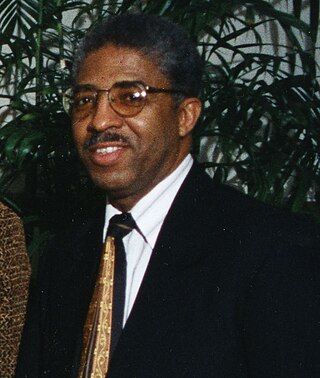
James H. Stith is an American physicist and educator. He is known for his influential roles in multiple scientific societies. He is the former vice president of the Physics Resource Center at the American Institute of Physics, a past president of the American Association of Physics Teachers, and a past president of the National Society of Black Physicists.
Anthony Philip French was a British physicist. At the time of his death he was professor emeritus of physics at the Massachusetts Institute of Technology.
Robert Byron Bird was an American chemical engineer and professor emeritus in the department of chemical engineering at the University of Wisconsin-Madison. He was known for his research in transport phenomena of non-Newtonian fluids, including fluid dynamics of polymers, polymer kinetic theory, and rheology. He, along with Warren E. Stewart and Edwin N. Lightfoot, was an author of the classic textbook Transport Phenomena. Bird was a recipient of the National Medal of Science in 1987.

Warren Morton Washington is an American atmospheric scientist, a former chair of the National Science Board, and currently a Distinguished Scholar at the National Center for Atmospheric Research (NCAR) in Boulder, Colorado.
Horace Richard Crane was an American physicist, the inventor of the Race Track Synchrotron, a recipient of President Ronald Reagan's National Medal of Science "for the first measurement of the magnetic moment and spin of free electrons and positrons". He was also noted for proving the existence of neutrinos. The National Academy of Sciences called Crane "an extraordinary physicist". The University of Michigan called him "one of the most distinguished experimental physicists of the 20th century". Crane was a chairman of the Department of Physics and a professor of physics at the University of Michigan, a member of the National Academy of Sciences.
Mark Waldo Zemansky was an American physicist. He was a professor of physics at the City College of New York for decades and is best known for co-authoring University Physics, an introductory physics textbook, with Francis Sears. The book, first published in 1949, is often referred to as "Sears and Zemansky", although Hugh Young became a coauthor in 1973.
Jens Rud Nielsen was born in Copenhagen and was an esteemed physicist at the University of Oklahoma. He immigrated to the United States in 1922. He was awarded the John Simon Guggenheim Fellowship in 1931.

Arthur Bienenstock is professor emeritus of Photon Science at Stanford University. He is also a member of the National Science Board.

Sam Aronson is an American physicist, formerly president of the American Physical Society in 2015 and also formerly the director of the Brookhaven National Laboratory from 2006 to 2012.
Charles Lum Drake was an American geologist who was Professor of Geology at Dartmouth College, New Hampshire.
William Frank Brinkman is an American physicist who served as president of the American Physical Society (2002) and was the head of the Office of Science at the United States Department of Energy (2009–2013). He was elected to the National Academy of Sciences in 1984, and won the George E. Pake Prize in 1994. He was elected as a member of the American Academy of Arts and Sciences in 1992, and became a member of the American Philosophical Society in 2002.
Ximena Cid is a Chicana and Indigenous American physicist; physics educator and physics education researcher; and advocate for increasing diversity and supporting minority students in STEM and physics. She is currently associate professor and past chair of the physics department at California State University Dominguez Hills. She is recognized as the first Latina student, as well as the first Indigenous student, to earn a PhD in physics from the University of Texas at Arlington. She is also recognized as likely the first Indigenous person to chair a physics department in the country. One of her research specialties is 3-D simulations to support the comprehension of systems such as gravitational fields, electric fields and magnetic fields.
References
- ↑ "Homer L. Dodge" (PDF). University of Oklahoma Department of Physics and Astronomy. Archived from the original (PDF) on April 15, 2007.
- ↑ "Dodge, Homer L. (Homer Levi), 1887-1983".
- ↑ Fox, Margalit (12 November 2011). "Norton Dodge Dies at 84; Stored Soviet Dissident Art". The New York Times. Retrieved 3 May 2023.
- ↑ Fromson, Brett Duval (October 30, 1989). "And Now, A Look At the Old One". Fortune. Retrieved 3 May 2023.